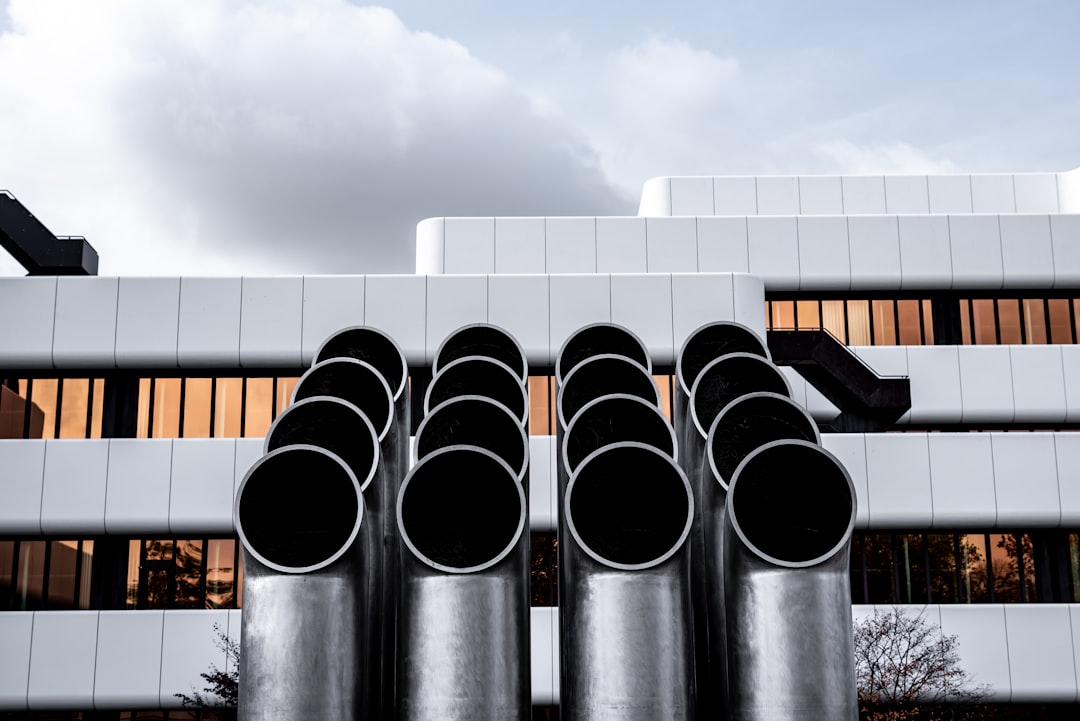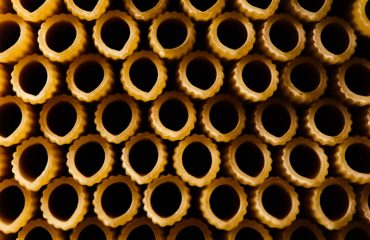Electric Resistance Welded (ERW) pipes are a ubiquitous presence in various industries, owing to their cost-effectiveness and robust properties. This detailed guide delves into the intricacies of ERW pipes, exploring their manufacturing process, unique characteristics, diverse applications, and comparative advantages and disadvantages.
The ERW Pipe Manufacturing Process: From Coil to Completed Pipe
The creation of an ERW pipe is a fascinating process of precision engineering. It begins with a continuous coil of steel, typically low-carbon steel or mild steel, fed into a forming mill. Here, the coil is uncoiled and passed through a series of rollers that shape it into a cylindrical form. The edges of this cylindrical form are then carefully aligned and brought together. The key step is the electric resistance welding process itself. A high current is passed through the edges, heating them to the point of fusion. Simultaneously, pressure is applied to forge a weld, creating a seamless joint. The newly formed pipe then passes through a sizing mill to achieve its precise diameter and wall thickness. Finally, it undergoes a rigorous quality control process, including testing for strength, dimensional accuracy, and weld integrity. This ensures the pipe meets the required specifications for its intended application.
Exceptional Properties of ERW Pipes: Strength, Durability, and Versatility
ERW pipes boast several desirable properties that make them ideal for a wide range of applications. Their strength and durability are derived from the steel itself and the efficient welding process. The consistent weld ensures a uniform structure, minimizing weak points. The manufacturing process allows for precise control over the pipe’s dimensions, resulting in consistent diameter and wall thickness. This precision is crucial for applications requiring tight tolerances. Furthermore, ERW pipes exhibit excellent resistance to corrosion, particularly when coated or galvanized. Their versatility is showcased by the ability to produce pipes in various diameters, wall thicknesses, and lengths, catering to specific project requirements.
Diverse Applications of ERW Pipes Across Industries
The versatility of ERW pipes translates into a wide array of applications across numerous sectors. In the construction industry, ERW pipes are indispensable for scaffolding, structural frameworks, and water and gas pipelines. Their strength and durability make them ideal for supporting heavy loads and withstanding harsh environmental conditions. The automotive industry utilizes ERW pipes in the manufacturing of chassis components, exhaust systems, and fuel lines. Their precise dimensions and consistent quality are crucial for ensuring the proper functioning of these critical systems. Agriculture also benefits from ERW pipes, using them for irrigation systems, livestock fencing, and greenhouse structures. Their resistance to corrosion is particularly advantageous in outdoor settings exposed to moisture and soil.
Advantages of ERW Pipes: Cost-Effectiveness and Efficiency
One of the primary advantages of ERW pipes is their cost-effectiveness. The efficient manufacturing process, coupled with the readily available raw materials (steel), results in a lower production cost compared to other pipe manufacturing methods. This makes ERW pipes a highly competitive option for large-scale projects. Furthermore, the high-speed production process translates to increased efficiency, allowing for large quantities of pipes to be produced in a shorter timeframe. This efficiency contributes to reduced project timelines and lower overall costs. The consistent quality and dimensional accuracy of ERW pipes also minimize wastage and rework, further enhancing their cost-effectiveness.
Limitations of ERW Pipes: Considerations and Alternatives
While ERW pipes offer numerous advantages, it’s crucial to acknowledge their limitations. The welding process, while efficient, can introduce some limitations on the pipe’s ultimate tensile strength compared to seamless pipes. Although modern techniques have significantly improved weld quality, this remains a factor to consider for high-pressure or critical applications. The diameter range for ERW pipes is generally limited compared to seamless pipes or other manufacturing methods. For extremely large diameter pipes, alternative manufacturing processes might be necessary. The choice of ERW pipes should always be made based on a thorough assessment of the specific application requirements and the potential trade-offs between cost, performance, and limitations.
In conclusion, ERW pipes represent a significant advancement in pipe manufacturing, offering a balance of cost-effectiveness, strength, and versatility. Understanding their manufacturing process, properties, advantages, and limitations is crucial for selecting the appropriate piping solution for any given application. Their widespread use across diverse industries underscores their importance in modern infrastructure and manufacturing.
SEO-Friendly Tags:
- ERW Pipes
- Electric Resistance Welded Pipes
- Steel Pipes
- Pipe Manufacturing
- Industrial Piping




